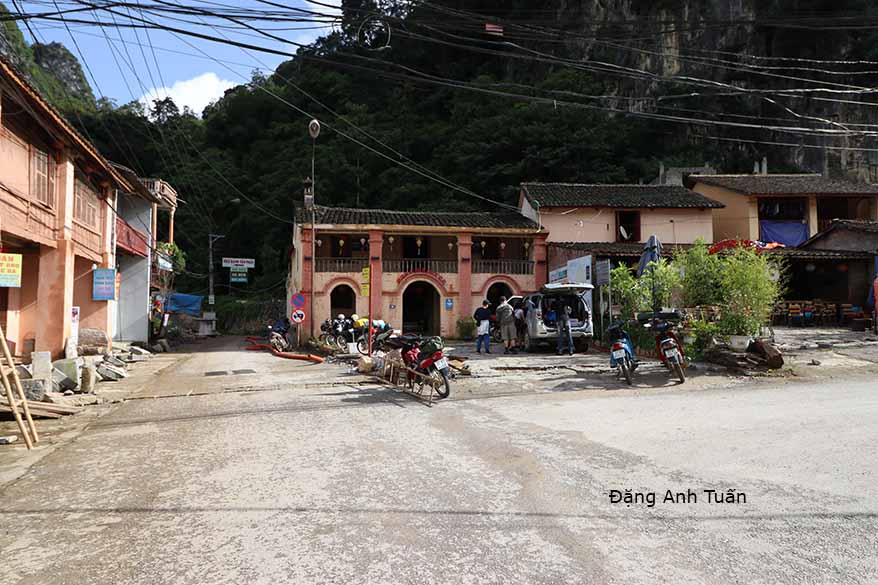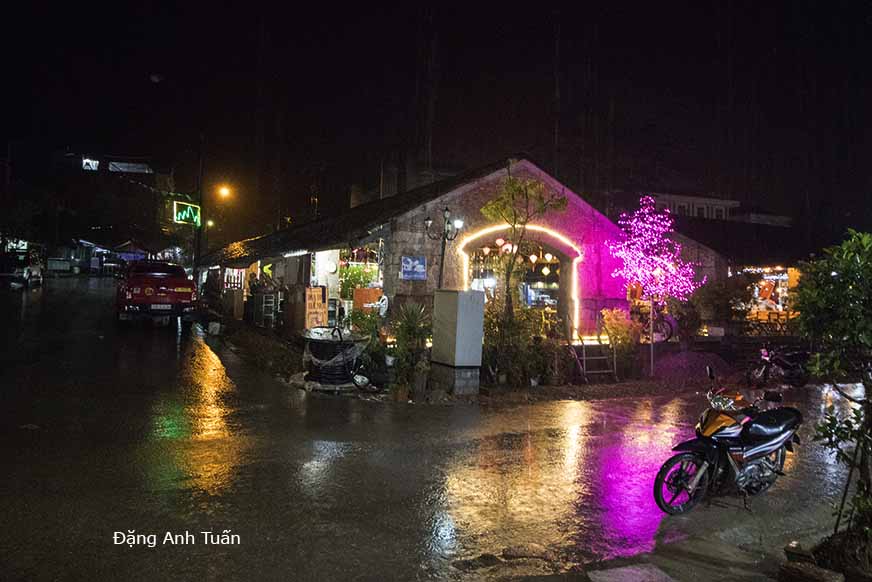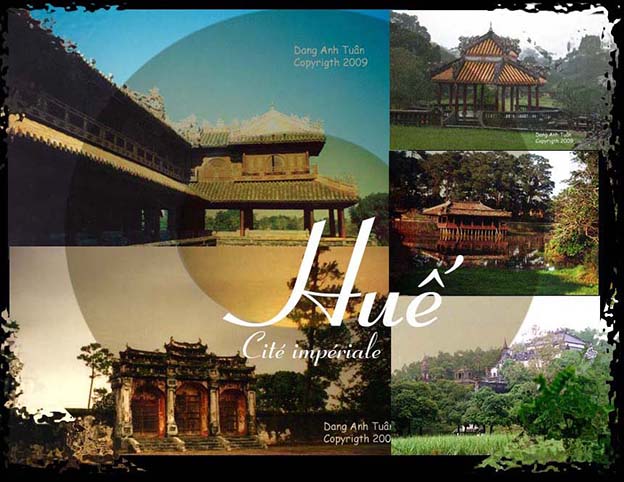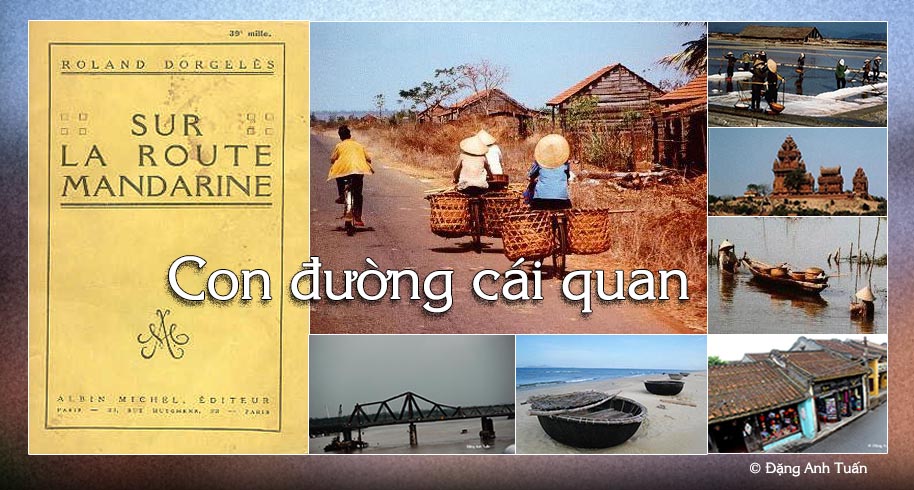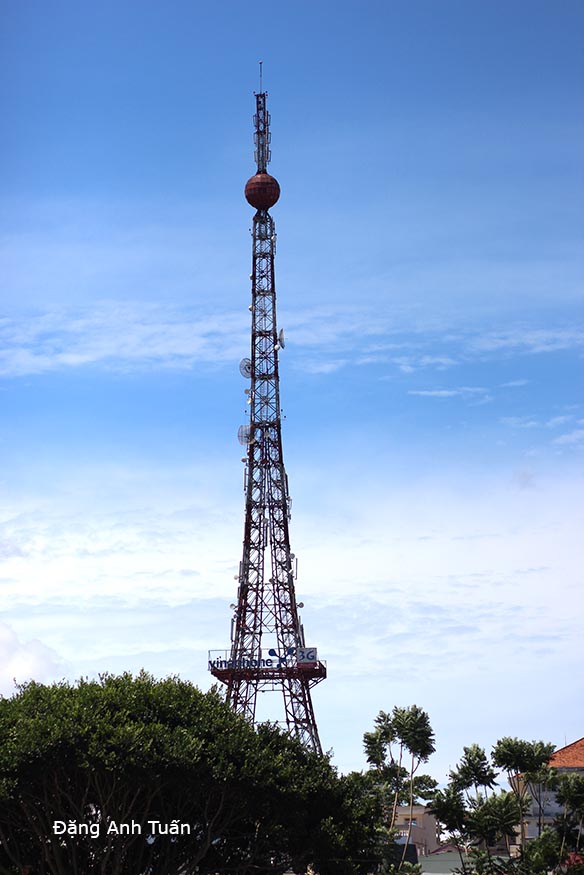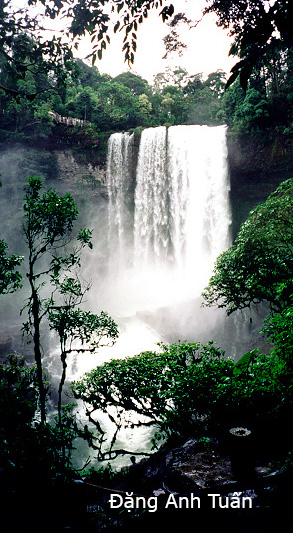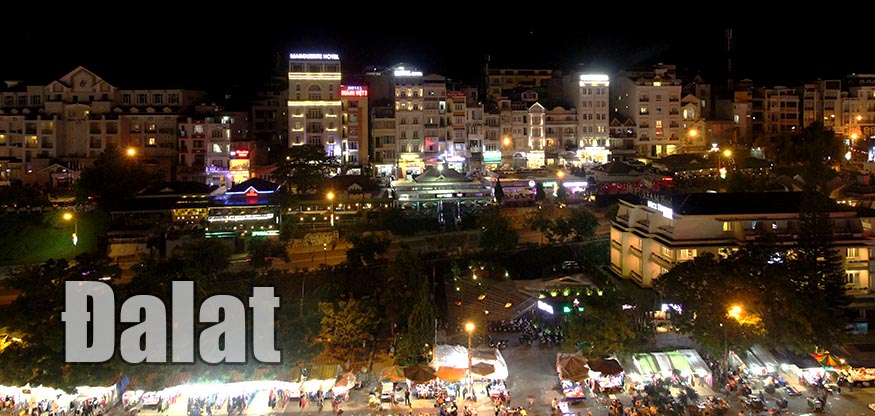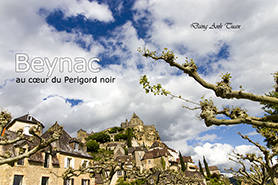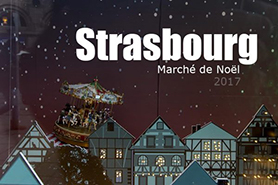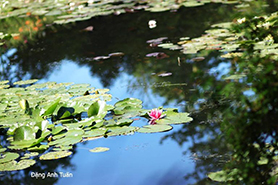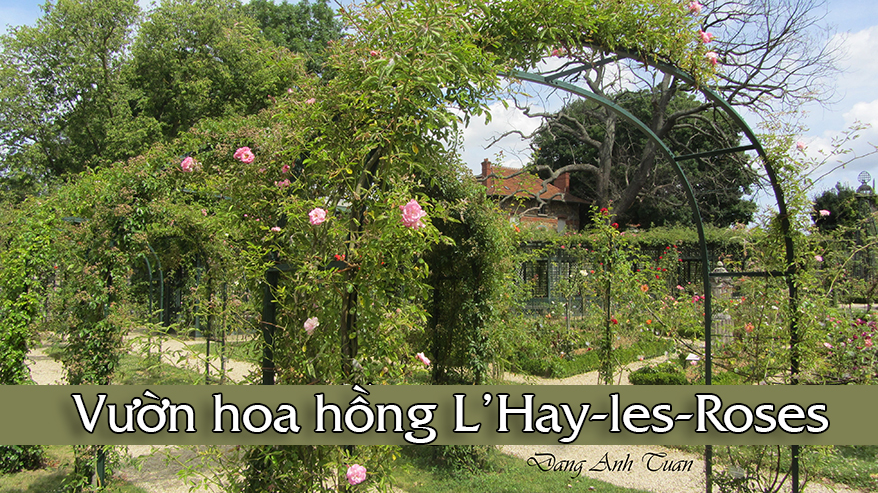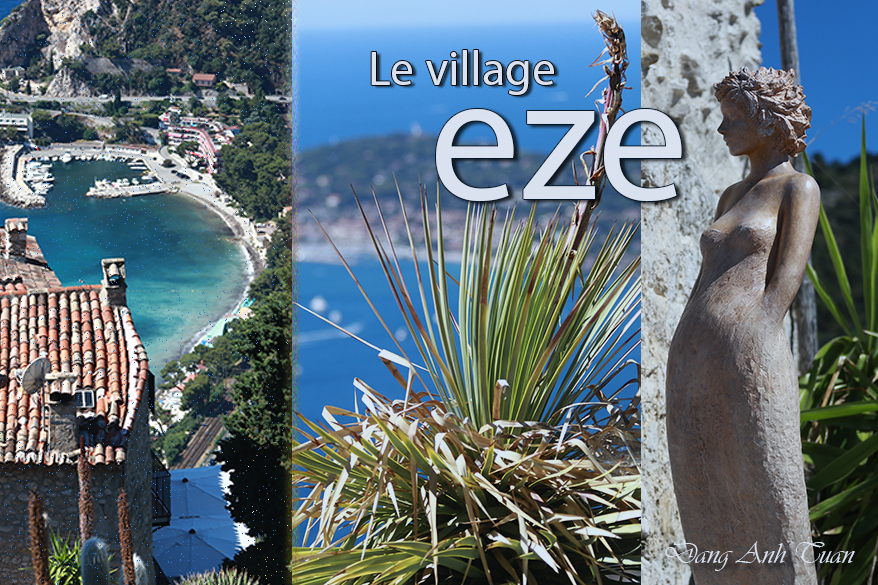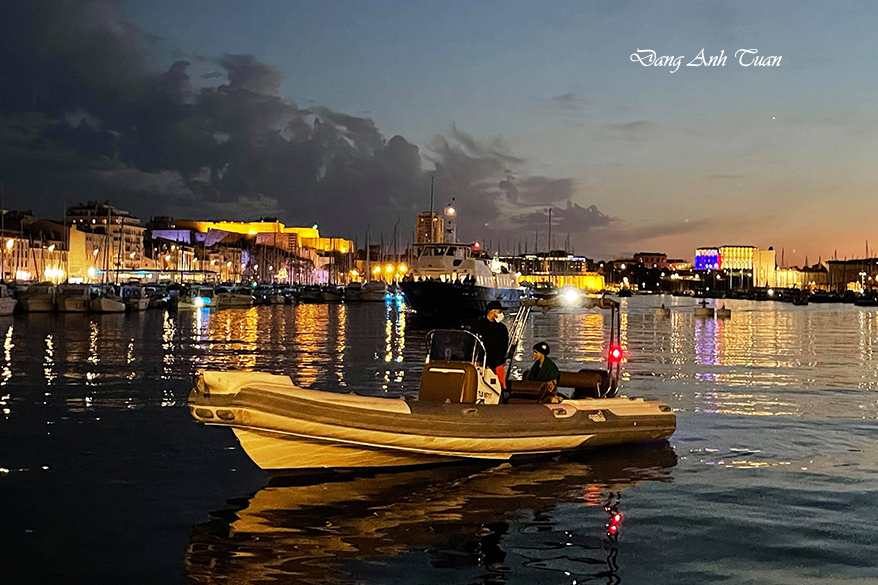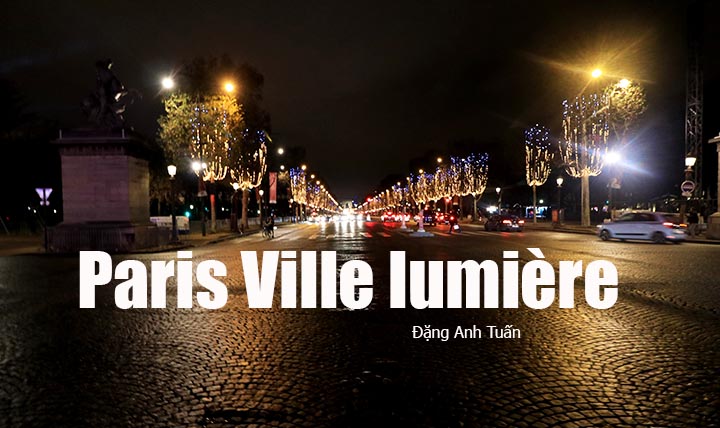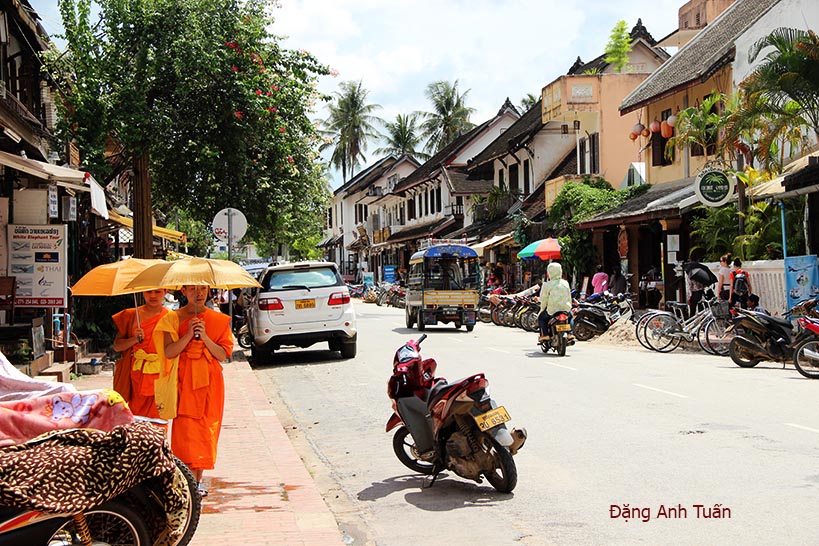Nằm ở giữa lòng thung lũng của cao nguyên đá Đồng Văn, phố nầy lúc ban đầu có khoảng chừng 40 cái nhà mà thôi. Khu phố nầy được thành hình vào đầu thế kỷ 20 dưới chân núi với vài gia đình người Hmong, người Tày và người Hoa. Bởi vì được xây cất với các thợ được thuê đến từ Tứ Xuyên nên các nhà ở đây mang dấu ấn khá sâu đậm của người Hoa qua lối kiến trúc hai tầng trình tường, mái ngói âm dương và trước cửa nhà có đèn lồng treo cao. Nay trở thành một địa điểm quan trọng mà du khách không thể bỏ qua được khi đến Hà Giang. Nhà cửa ở đây cũng xây cất lại, nhà trọ cũng có nhiều, giá cả cũng phải chẵn, du khách ngoại quốc nhất là dân đi phượt cũng đông cuối tuần và thích ngủ nhà sàn. Rất tiếc chiều hôm đó, mưa quá to nên chụp hình không được nhiều. Chỉ sáng hôm sau, trời lại nắng nên mới có vài tấm ảnh để lưu niệm nhưng cũng có dịp viếng thăm một nhà cổ của người Hmong nay thành nhà trọ và có dịp chứng kiến cách thức dùng nước suối rửa cây linh (lin) trước khi dệt vãi. Đi miền núi như mình rất mệt nhưng học hỏi rất nhiều về tập quán nhất là Hà Giang có đến 22 dân tộc thiểu số và rất thích thú trong cuộc hành trình nầy.
Située au cœur de la vallée du plateau karstique de Đồng Văn, cette bourgade avait seulement au moment de sa construction une quarantaine de maisons. Elle prit forme au début du XX ème siècle au pied des montagnes rocheuses avec quelques familles Hmong, Tày et Hoa (ou Chinois). Comme ses maisons ont été construites par des ouvriers recrutés venant de Sichuan, cette bourgade continue à garder une profonde empreinte chinoise à travers son architecture typique à deux étages, son toit avec des tuiles tubulaires âm dương et ses lampions suspendus devant l’entrée. Aujourd’hui, elle devient un passage obligatoire pour ceux qui visitent Hà Giang. La plupart de ses maisons sont rénovées et ses « homestay » (logement chez l’habitant) sont nombreux avec un prix assez raisonnable. Les touristes étrangers sont en majorité des routards ou des gens aimant l’aventure de l’extrême et préférant dormir dans des maisons sur pilotis et ils sont nombreux à la fin de la semaine. C’est regrettable pour nous d’avoir la pluie torrentielle le soir de notre arrivée. C’est seulement le lendemain avec le retour du soleil que je peux faire quelques photos ci-dessus. J’ai aussi l’occasion de visiter une vieille maison devenant aujourd’hui un « logement chez l’habitant » et d’apprendre la façon de laver le lin avec l’eau de source avant le tissage des vêtements pratiqué par les Hmong. L’excursion à la montagne est épuisante mais elle me permet d’avoir des choses à apprendre en particulier les coutumes et les traditions lorsque la région Hà Giang a 22 minorités ethniques. Je suis très content de ce voyage mémorable.

